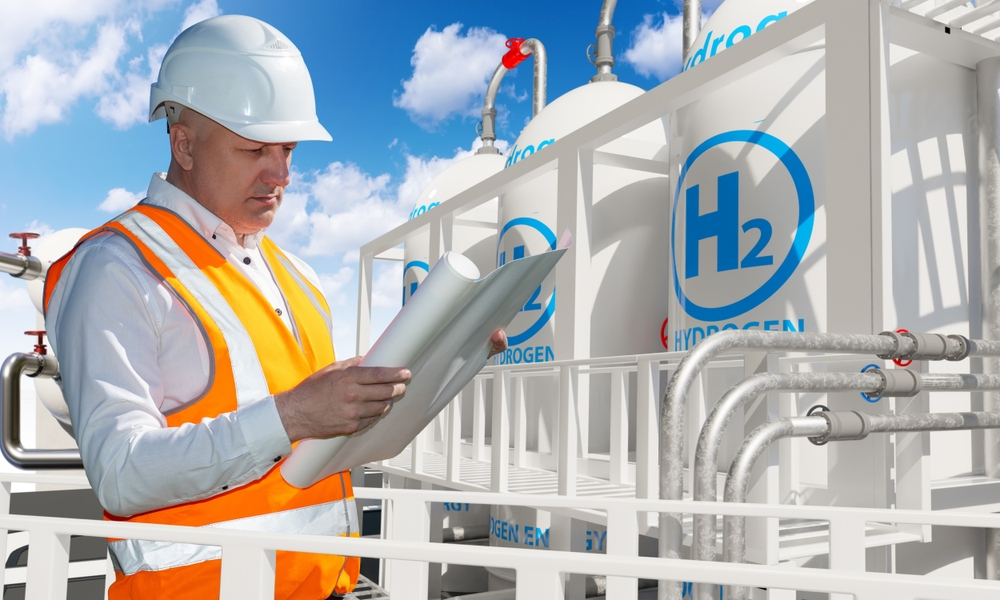The Best Strategy To Use For Roar Solutions
The Best Strategy To Use For Roar Solutions
Blog Article
The 6-Minute Rule for Roar Solutions
Table of ContentsAn Unbiased View of Roar SolutionsRoar Solutions - Truths10 Simple Techniques For Roar Solutions
In order to secure installations from a potential explosion a method of analysing and classifying a potentially harmful area is required. The objective of this is to make certain the proper option and setup of equipment to ultimately prevent a surge and to guarantee safety of life.
(https://pagespeed.web.dev/analysis/https-training-roarsolution-com-au/mm9wy036rp?form_factor=mobile)
No tools ought to be set up where the surface temperature level of the tools is higher than the ignition temperature of the given hazard. Below are some common dust harmful and their minimal ignition temperature level. Coal Dirt 380C 225C Polythene 420C (thaws) Methyl Cellulose 420C 320C Starch 460C 435C Flour 490C 340C Sugar 490C 460C Grain Dust 510C 300C Phenolic Resin 530C > 450C Aluminium 590C > 450C PVC 700C > 450C Soot 810C 570C The possibility of the danger existing in a concentration high enough to trigger an ignition will differ from area to place.
In order to identify this threat an installation is divided into locations of risk relying on the quantity of time the harmful is existing. These areas are referred to as Zones. For gases and vapours and dirts and fibers there are three zones. Area 0 Area 20 An unsafe ambience is extremely likely to be present and may exist for lengthy periods of time (> 1000 hours annually) or perhaps constantly Zone 1 Zone 21 A harmful environment is possible however not likely to be present for extended periods of time (> 10 450 C [842 F] A category of T6 suggests the minimum ignition temperature is > 85 C [185 F] Hazardous location electrical equipment possibly developed for use in greater ambient temperature levels. This would certainly suggested on the rating plate e.g. EExe II C T3 Ta + 60C( This means at 60C ambient T3 will not be exceeded) T1 T1, T2, T3, T4, T5, T6 T2 T2, T3, T4, T5, T6 T3 T3, T4, T5, T6 T4 T4, T5, T6 T5 T5, T6 T6 T6 A T Course score of T1 implies the optimum surface area temperature created by the tool at 40 C is 450 C. Presuming the associated T Course and Temperature rating for the tools are ideal for the location, you can constantly use a tool with a more rigorous Division ranking than needed for the area. There isn't a clear answer to this question unfortunately. It really does rely on the sort of tools and what fixings require to be accomplished. Equipment with particular test procedures that can not be performed in the field in order to achieve/maintain 3rd event rating. Have to return to the factory if it is prior to the tools's service. Field Repair By Authorised Employee: Complex testing might not be needed however certain treatments may need to be adhered to in order for the devices to preserve its 3rd party score. Authorized personnel need to be employed to perform the work appropriately Repair work need to be a like for Continue like substitute. New part should be thought about as a straight substitute requiring no special testing of the tools after the repair is total. Each tool with a hazardous rating ought to be examined individually. These are laid out at a high degree below, however, for even more thorough details, please refer straight to the standards.
Things about Roar Solutions
The equipment register is a detailed data source of tools records that includes a minimum collection of fields to determine each product's location, technological criteria, Ex lover category, age, and environmental data. The ratio of In-depth to Close evaluations will be identified by the Equipment Threat, which is examined based on ignition risk (the probability of a resource of ignition versus the likelihood of a flammable ambience )and the unsafe area classification
( Zone 0Area 1, or 2). Implementing a robust Risk-Based Inspection( RBI )strategy is critical for ensuring compliance and safety in taking care of Electric Equipment in Hazardous Areas( EEHA).
Examine This Report about Roar Solutions

In terms of explosive danger, a dangerous location is an atmosphere in which an eruptive atmosphere is existing (or may be anticipated to be present) in quantities that need special precautions for the building and construction, setup and use devices. eeha certificate. In this article we discover the challenges encountered in the work environment, the risk control actions, and the needed proficiencies to work safely
It is a repercussion of contemporary life that we manufacture, store or take care of a series of gases or fluids that are considered combustible, and a range of dirts that are regarded flammable. These materials can, in particular problems, create eruptive atmospheres and these can have significant and awful effects. The majority of us are acquainted with the fire triangle eliminate any one of the 3 aspects and the fire can not occur, but what does this mean in the context of dangerous locations? When damaging this down right into its most basic terms it is basically: a combination of a specific quantity of launch or leakage of a particular material or product, combining with ambient oxygen, and the existence of a resource of ignition.
In a lot of circumstances, we can do little about the levels of oxygen airborne, yet we can have considerable impact on resources of ignition, for example electric tools. Harmful areas are documented on the unsafe area category illustration and are determined on-site by the triangular "EX" indicator. Here, amongst various other key info, areas are split right into three types depending on the hazard, the probability and period that an explosive ambience will certainly exist; Area 0 or 20 is regarded one of the most unsafe and Area 2 or 22 is considered the least.
Report this page